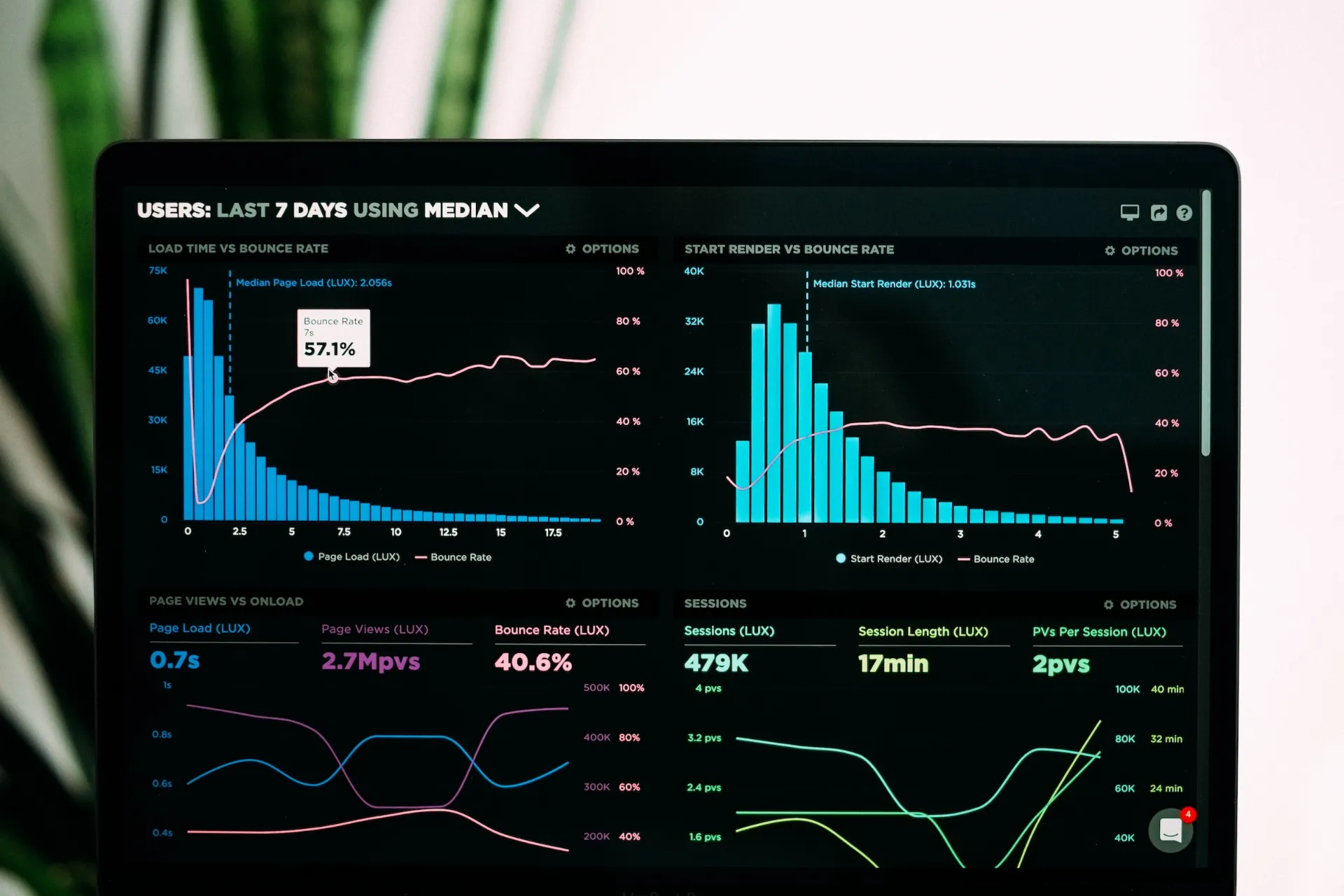
There are different ways to work with the loading speed of a website. One way is to optimize the code and how different scripts and other files are loaded. This can give good results, but should be done by a professional web developer to avoid damaging functionality, design or anything else. At the same time, there are other things you can do yourself, and here we highlight three factors you may want to consider.
Faster website for better usability
Think of loading speed as the first impression a potential customer gets of your business. If the website loads quickly, the visitor won't think anything of it. But if it's slow and elements jump back and forth on the screen, it's a frustrating first impression.
At the same time, speed has a lot to do with how Google assesses the quality of the website. This means that speed becomes a ranking factor for how good organic visibility you can achieve. If you have a faster website than your competitor, it can help to move you up the rankings in organic search.
Read more about Core Web Vitals at Solid Media.
Images - How to resize easily
The simplest optimization you can do yourself is to see if you have images that are larger than necessary. Different publishing solutions (CMS) have different solutions for this, but it is usually a good idea to test the most important landing pages in WebPageTest, for example, to see if large images are loaded.
Remember that even if you have specified that an image should be displayed as a small thumbnail, the entire image file (full size) may need to be loaded if the code is not optimized correctly. Therefore, it is best not to upload larger images to the CMS than the way the image should be displayed.
When we talk about "large images", we can talk about both the actual file size (number of kb) and the physical size (number of pixels). If you see that many pages have large images, you should use Bulk Resize Photos, for example, to reduce the number of pixels and file size in a quick and easy way.
Then upload these images back to the website and take another speed measurement. There is no set rule for how small the images should be, but try to keep larger banner images under 300 kb and smaller images under 100 kb in file size.
Server / Web hosting - Slow server delays everything
Your web host has servers that provide the browser with the website itself. The browser sends requests to the server, and the server responds by sending back the files needed to display the website. Not all web hosts have equally fast servers, and this can mean that you may have a slower website than necessary. Maybe you can upgrade your agreement with your web host to get a faster website?
You can easily measure the speed by looking at the "Time to first byte" (TTFB) in WebPageTest. This should ideally be less than one second.
Unnecessary features and plugins
It can be tempting to add functions and plugins to make your website "better". This is especially true if you have a WordPress site where it is easy to add extensions. In isolation, each of these extensions can be nice, but together they can add up to a lot of scripts and code to be loaded. You may also end up with different plugins delaying each other. Other CMSs may have unnecessary features such as animations and image effects that can delay loading.
Has everything just become a mess with your company's old website? Fjellvann offers "Website in a day " - perfect for businesses that need a new, faster website with professional design.
How to measure website speed
As mentioned earlier, you can use WebPageTest, for example, to measure speed and get numbers and scores. You can also use Google's test here.
If you have a website with different page types, it may be a good idea to measure all the different pages, such as the front page, an information page, an online shop page, a blog page, etc. This allows you to capture how different design templates and different functionality affect the loading speed.
If you use WebPageTest, it's a good idea to set "test location" to "Stockholm" to get realistic results for users in Norway. You can then look at the "Waterfall" overview to see which elements you can work on to get a faster website.
